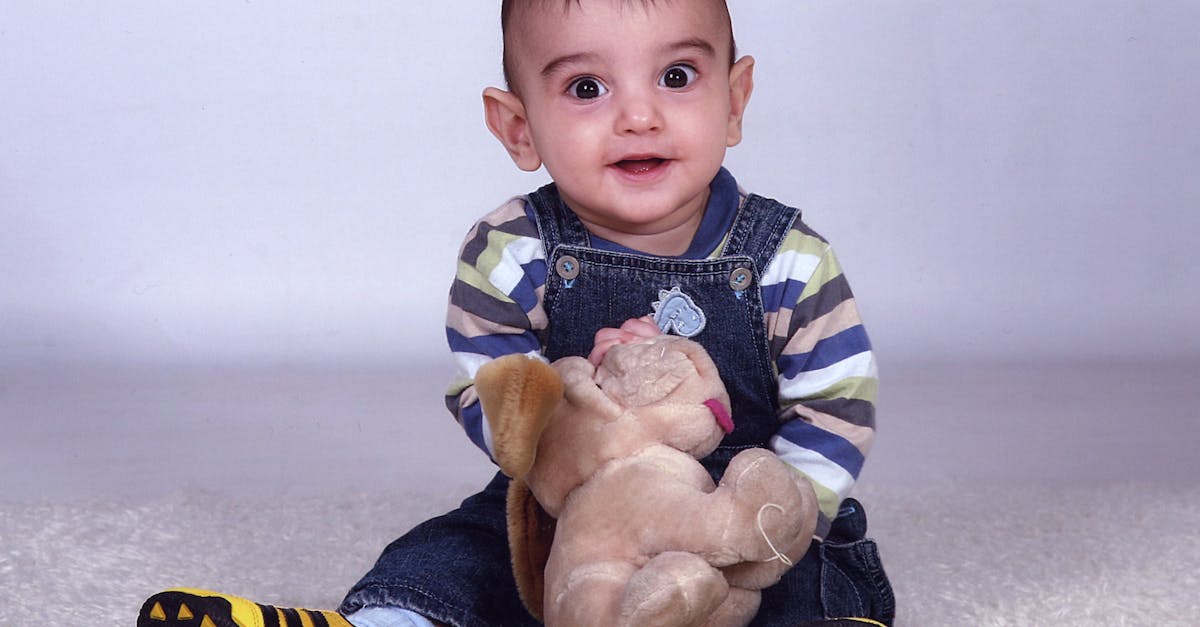
Understanding the Role of Hand-eye Coordination in Motor Skills Development
The Influence of Technology on Handeye Coordination Development
information is essential for achieving accurate and controlled outcomes. Individuals with well-developed hand-eye coordination demonstrate improved accuracy and efficiency in tasks that demand a high level of precision.
The intricate relationship between hand-eye coordination and dexterity is evident in tasks that require the manipulation of small objects or tools with precision. For instance, in activities like calligraphy, jewellery making, or playing musical instruments, the alignment of visual focus with hand movements is crucial for achieving intricate details and refined craftsmanship. The interplay between visual perception and motor control in these tasks highlights the importance of honing hand-eye coordination skills to enhance one's ability to perform with accuracy and finesse.
Assessing Handeye Coordination in Motor Skills AssessmentsContact Us!
When it comes to assessing hand-eye coordination in motor skills assessments, various tests and evaluations are implemented to gauge an individual's proficiency in this crucial area. These assessments play a vital role in understanding a person's ability to coordinate visual information with motor movements effectively. By observing how individuals respond to specific tasks that require precise hand-eye coordination, professionals can gain profound insights into their overall motor skills development.
Hand-eye coordination assessments typically involve a series of activities that challenge individuals to demonstrate their ability to synchronise visual input with manual dexterity. These assessments may include tasks such as threading a needle, catching a ball, or tracing intricate patterns. Through these evaluations, healthcare providers, educators, and researchers can determine the level of hand-eye coordination skills possessed by an individual and tailor interventions or training programs to enhance their motor skills development effectively.
Explaining how handeye coordination tests are used to evaluate motor skills proficiency
Hand-eye coordination tests play a crucial role in evaluating an individual's motor skills proficiency. These assessments often involve a series of exercises that require precise coordination between the visual system and the motor system. By observing how well a person can track and manipulate objects using their hands and eyes together, professionals can gain valuable insights into their overall motor skills development.
In these tests, participants may be asked to perform tasks such as catching or throwing a ball, threading a needle, or following a specific pattern using both hands and eyes simultaneously. The results obtained from these assessments can help identify any potential weaknesses or areas that may require improvement in an individual's hand-eye coordination. By understanding how effectively someone can coordinate their movements based on visual input, experts can tailor interventions and training programs to enhance their motor skills performance.
FAQS
What is hand-eye coordination and why is it important in motor skills development?
Hand-eye coordination refers to the ability to coordinate visual information with hand movements to perform tasks efficiently. It is crucial in motor skills development as it enables individuals to interact with their environment effectively and carry out activities that require precision and accuracy.